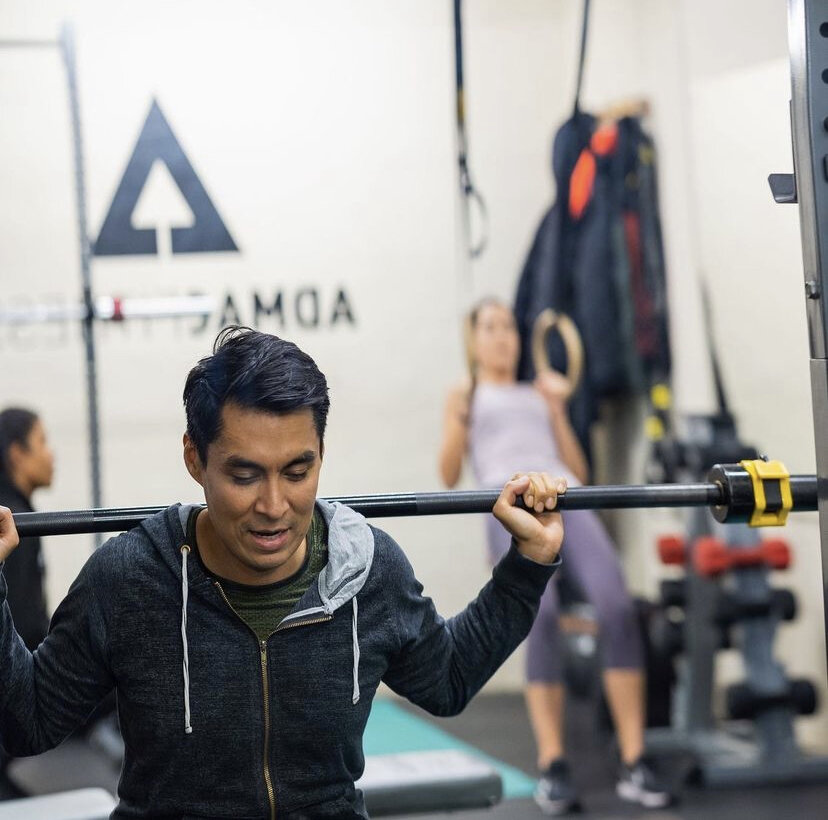Anecdotal observation highlights joint injuries are incredibly frequent - especially among active people. Think of the common names for many of the joint injuries we’re aware of….
‘Tennis’ elbow, ‘Runner’s’ knee, ‘Golfer’s’ elbow, ‘Boxer’s’ knuckle, ‘Pitcher's’ shoulder… you get the point.
So if activity and injury are such frequent companions, how do we protect ourselves against frequent joint injuries? Are there steps we can take to reduce the risk, given the alternative (not exercising) has even greater risks attached?
The answer is yes, there are simple steps you can take to reduce your joint injury risk significantly.
In this article we’re going to outline a very simple three step approach to making sure you are doing everything possible to ensure your joints are protected and you stay injury free. Not only that, by taking some of the approaches in this article, you’ll make yourself more athletically capable and more muscular too.
A three step approach to improving your joint health…
Our goal here is to simplify and to give you practical guidance that you could realistically follow at home or in the gym. You won’t be told about expensive cryotherapy, massage techniques or anything involving additional people or skills - all of these three are completely achievable on your own.
Before we start though, let’s look at the main points that cause joint injury…
Muscle weakness/imbalance
Connective tissue health and tightness
Inflammation
By addressing these we can prevent joint injury, and in the case of many existing injuries we can remove the problem entirely.
Tip #1 - Improve muscle strength
Joints are inherently unstable - they’re essentially held together by ligaments, supported by muscles which are attached via tendons. There’s a limited amount of strengthening work you can do for the connective tissues (most of which is achieved by loading them anyway), so the focus has to be on strengthening the muscles that surround the joint.
Doing this helps in two ways…
It allows the muscles to offset some of the loading on the joints
It protects the structural integrity of the joint - stronger muscles do a better job of holding the joint in place
Research shows us that strengthening muscles around the joints can have a positive effect on conditions such as arthritis. We also know that strong muscles can have a protective effect for ligaments. This is also a preventative measure against future injury as well.
Pick exercises that help to engage muscles across the full range of the joints, such as knees over toes split squats and push ups on parallettes...
Finally, the work done to strengthen the muscles will also have a strengthening effect on the ligaments, tendons and bones, making for a universally protective measure. There’s a benefit to strength training that goes FAR beyond having bigger muscles.
Tip #2 - Stretch more!
Another protective measure against join pain is ensuring the muscles around the joints are supple. There incidences such as shoulder pain, knee pain, hip pain and back pain that are often (in part) the result of tightness in the muscles that surround and anchor joints.
It’s not to say that stretching alone is going to be responsible for joint pain disappearing, but what it will allow is free movement of the muscles around the joints, which can help to protect the joints as they move. It also helps to keep the connective tissues such as the ligaments and tendons in good working order. If they are allowed to become stiff, it can increase the risk of injury.
The research around tendon stiffness shows that there’s a clear case for including a stretching protocol as part of your health and fitness regime. By keeping the connective tissues healthy, you reduce the likelihood of joint discomfort later on.
Tip #3 - Look after your diet
As with a lot of things to do with your health, nutrition can play a large part. Most of us are nutritionally sensitive to foodstuffs - that can span from a minor inflammatory response through to full-blown anaphylaxis by the appearance of a food in our presence.
Anecdotally, this can have a significant effect on joint health and well being. By removing these foods you can help to improve joint health and remove low-level inflammation. I myself noticed this when I fasted for 3 days once.
There’s significant research supporting the use of omega 3 oil in arthritis patients, and there’s even a school of thought that suggests taking fish oil even as a protective measure against joint issues. I think it’s a good move, given the other proven benefits of fish oil as a supplement.
Curcumin is another supplement with credible scientific research supporting its use for fighting inflammation. With the weight of research saying that it has positive impacts, it’s a worthwhile supplement to take, because even if you don’t suffer from arthritis, there’s a possibility that inflammation may be hindering joint health and recovery.
As a general rule, keep your diet as ‘clean’ (eating natural foods) as possible. Make sure you drink plenty of water and get a little sun exposure to help with vitamin D production - all of these points will help to create a low-inflammation environment that will keep joints feeling great and functioning as they should.
Joint Health - final thoughts
Living with joint pain can be miserable, so do your best to follow these simple tips and you’ll enjoy strong, healthy and functioning joints for a very long time. You’ll also improve your own strength and performance as a bonus too!
If you want your health and fitness journey to be guided by the best personal training team in East London, get in touch with us at AdMac Fitness. We operate from our private personal training studio in Bow, E3. Contact us on 07921465108 or email us at admacfitness@gmail.com. We look forward to hearing from you!



